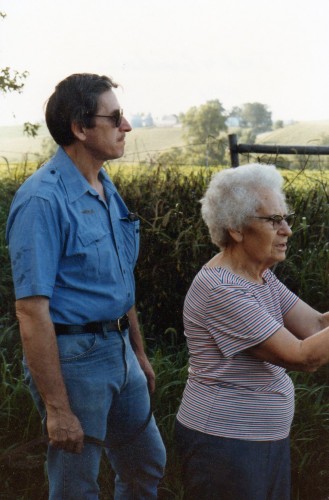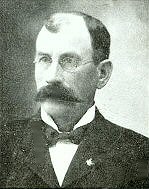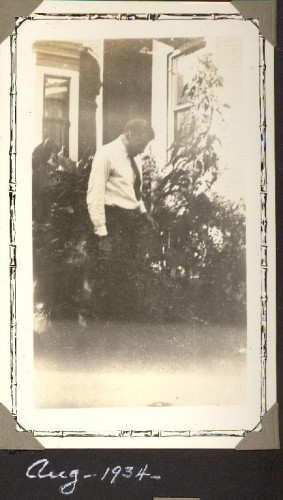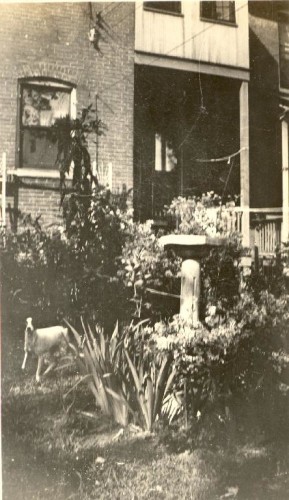Workday Wednesday: Tilling the Soil, Part 1
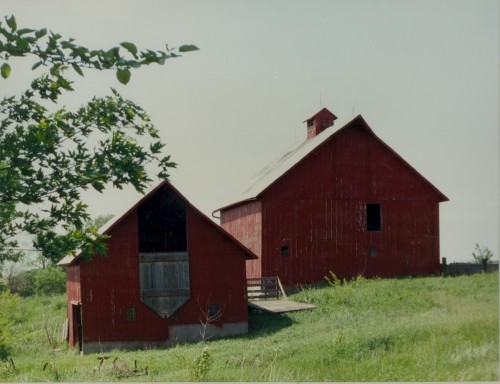
Roberts Family (Click for Family Tree)
I’ve got dirt under my fingernails and mud caked to the lugs of my work boots. My body aches, but it is the tired throb of hard physical work well done. My soul is satisfied and my heart filled with promise, too, for I have been gardening.
Yes, technically it is not ‘dirt’ under my fingernails- the ‘dirt’ under one’s fingernails would actually be the flotsam and jetsam of everyday life. The phrase, however, has more literary panache than ‘soil’ under my fingernails. Though that is what was actually there- soil, a living, breathing organism that gives us all our very life.
I do say ‘was’ there, because I have actually cleaned up since digging and fertilizing and planting and mulching and watering. I did shirk a bit on the watering- I am letting Mother Nature mostly take care of it since big thunderstorms are forecast for tonight. While I was working, though, my connection to the earth and to my ancestors filled me. Much of this post was composed in my head as I listened to pileated woodpeckers announcing their territory. I observed a jagged slime path glisten in the sun as it lengthened, carrying a snail toward my tender young plants for a delightful repast. I rescued a plump Lumbricus to be an Earthworm Engineer for me 24/7/365 and create tunnels for water and nutrients while creating rich soil and fertilizer for my new gardens. I gently tucked in my new plants with compost and topsoil, mulch on top, using my hands for a final grounding into the earth so the roots could grow well and heartily. How many times had my ancestors done the same?
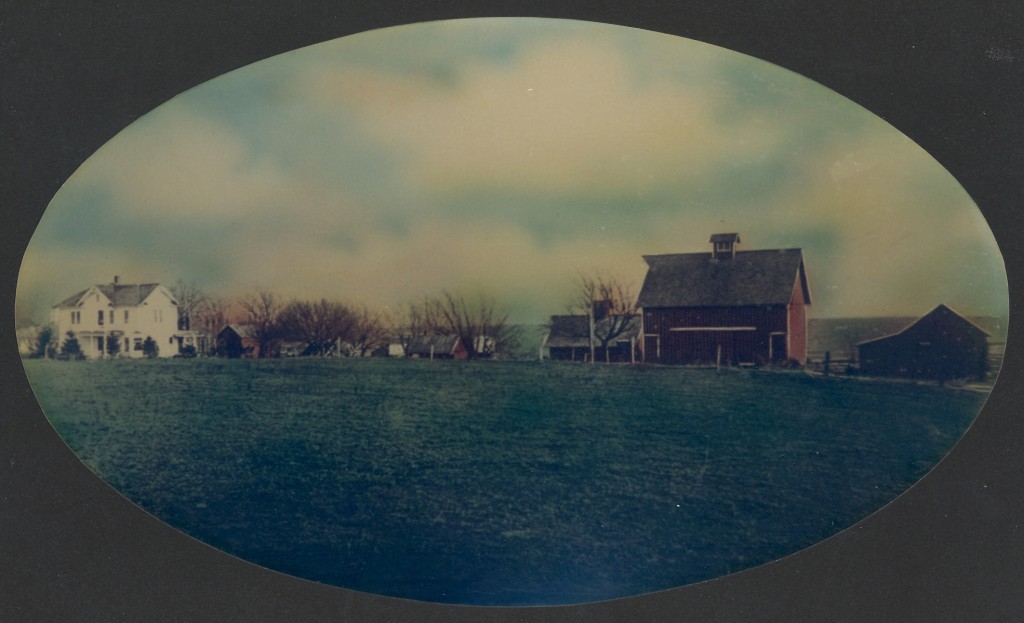
So many of our ancestors were farmers, and they may have not waxed poetic at the long, back-breaking labor required to feed their families and take produce to market to provide supplies into the next crop year. But they loved the soil and the earth- Edith Roberts Luck would tell stories of her father and his connection to the land, and one could see it in her as well. In addition to the crops and animals grown on the farm, she gardened to supply food for the family, like most women with a patch of land did in bygone years. She had a big garden at the family farm, a smaller garden on land she rented at the edge of town, and then a garden at her house that took up most of the back yard of her little Craftsman bungalow in Newton, Iowa.
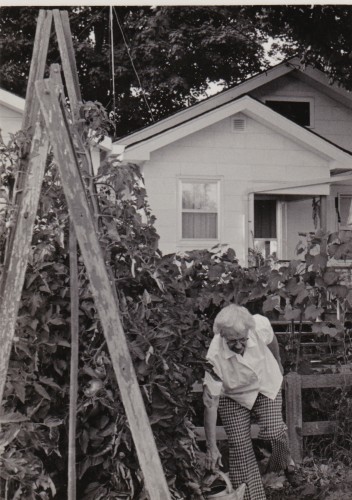
She grew vegetables such as Burpee Big Boy tomatoes- so good warm from the field that they were a meal in themselves, requiring just a touch of salt to make one’s taste buds burst with joy. Big ears of corn would be snapped off the tall, big-leaved plant, with a pot of boiling water already on the stove when we got back from picking; one shucked quickly and dropped the ears into the scalding water to stop the change from sugar to starch that happens the moment an ear of corn is severed from its stalk… they were so full of milky sweetness that an ear only required a hint of butter. Digging little red potatoes was amazing as a child- how could roots become such deliciousness? Edith grew more raspberries and strawberries than a family could eat, but that was so she could share with the birds, freeze some to enjoy during the long cold Iowa winter, and then there was the amount she knew would be eaten while harvesting, never even making it to the table.

Beautiful cut flowers filled Edith’s home with color and scent, and no visit out to one of the gardens would end before a bouquet was cut of irises, gladiolas, roses, or one of many other flowers she grew in rows just for cutting. She always had little vases on a windowsill or side table too- perfect for grandchildren to fill with pansies, or the beautiful-to-us clover and dandelions that plagued her suburban yard. Those little painted glass vases we filled, probably from the Five & Dime, are priceless to us today. It always amazed me that she spent time and energy on growing flowers rather than only food, practical woman that she was. But throughout history, women would grow flowers and gather them to make home smell just a bit sweeter, make a log cabin a bit warmer to one’s heart, and life just a bit prettier.
So many of today’s children do not have opportunities to grow plants, to see where our food really comes from- that it doesn’t just magically appear in the supermarket- or to appreciate soil for the life-giving properties it has. Digging in the soil and observing those who call it home was a favorite pastime for our son. When he was just five and visited the family farm in Iowa, of course he had to take a bucket and shovel. Sitting in between rows of corn taller than himself near the old homeplace, he happily scooped the fertile soil into the bucket and held it in his hands. All of a sudden he looked panicked- “Mom, something is wrong with this soil.” (Yes, he really said ‘soil.’). “It’s black, not red like our soil. The corn won’t be able to grow very well.” Being raised on the red clay of the south, our son had only seen black soil in the flowers we potted together each spring. He was relieved to learn that the corn would grow even better in the richer, looser soil, but we did fill a jar, and brought it back with us as a reminder that our roots grew in that soil too.
Next: some of our farming ancestors.
Notes, Sources, and References:
1) Family photos.
Please contact us if you would like higher resolution images. Click to enlarge images.
We would love to read your thoughts and comments about this post (see form below), and thank you for your time! All comments are moderated, however, due to the high intelligence and persistence of spammers/hackers who really should be putting their smarts to use for the public good instead of spamming our little blog.